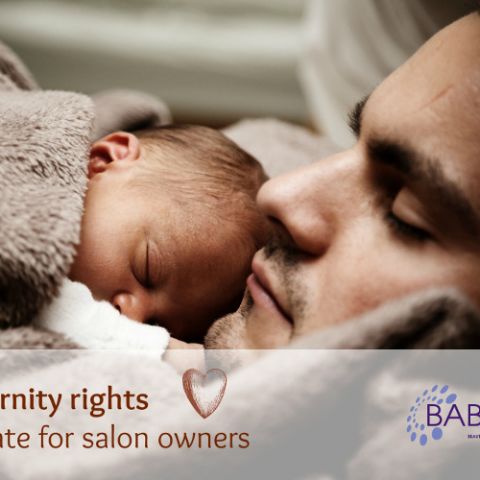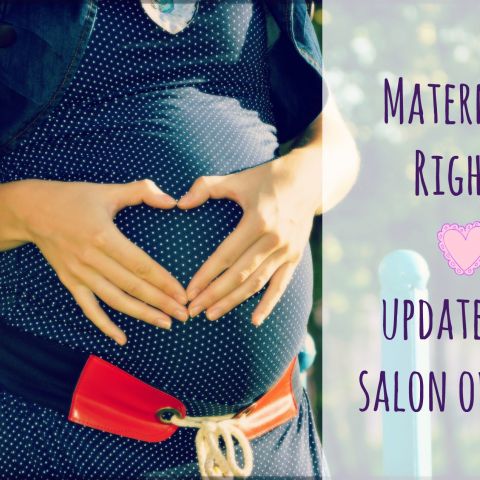In the ninth of our series providing information about setting up a new business, VITALITY looks into payroll and taxes after becoming an employer...
Taking on your first employee when demand for your services grows is an exciting time, but it can also be a little daunting now you’re responsible for paying someone else’s wages.
After you’ve decided to employ someone else in your business the first step is to register with the HM Revenue and Customs (HMRC) online service through the online Government Gateway before your new employee’s first pay day. You can register up to four weeks ahead and it can take up to two weeks before the activation code for the service arrives through the post.
You also have to decide how much you want to pay your employee (though you must pay National Minimum Wage) and how often, either weekly or monthly.
National Minimum Wage, as of May 2017
Under 18 - £4.05
18 – 20 - £5.60
21 – 24 - £7.05
Over 25 receive national living wage of £7.50
Apprentice rate is £3.50 under 19, or 19 and over and in the first year of their apprenticeship. They’re entitled to the minimum wage for their age if they’re aged 19 or over, and have completed their first year of apprenticeship.
Every time you pay wages, submit how much salary you’re paying your employees and how much tax / national insurance and employer’s national insurance is due to HMRC. You do this online in a Full Payment Submission (FPS) through the Real Time Information (RTI) system.
You can use HMRC’s own basic software, specifically designed for businesses with nine or fewer employees, or one of the many providers of specialist software online, some of which submit a FPS automatically when the payroll is run. You can also use offline services or your accountant, of course.
A FPS needs to be made every time you pay an employee, but if your average payments are less than £1,500 a month you can make the submission quarterly instead of on each pay day.
Paying HMRC the wrong amount or paying it late can result in interest charges on the amount outstanding and in some cases fines.
To run payroll you must have the employee’s Tax Code and National Insurance number which when you have recorded an employee’s gross pay will help to calculate the tax they have to pay through the Pay as You Earn (PAYE) system.
What is PAYE?
PAYE is the system HMRC uses to collect Income Tax and National Insurance Contributions (NICs).
Everyone is allowed to earn a certain amount of untaxed money called a personal allowance which depends on each individual’s circumstances.
Above that personal allowance, employees pay income tax at rates of either 20, 40 or 50 per cent, depending on their earnings, and this rate is deducted from their normal salary and from overtime, bonuses, tips, and statutory sick pay, maternity and paternity pay.
The amount of tax to deduct depends on each individual employee’s Tax Code which you can get from HMRC or from the P45 issued by their last employer.
A Tax Code is made up of numbers representing an employee’s tax free allowance (usually as a tenth of the total income they can earn before being taxed) and a letter, representing how tax is deducted and at what rate. This, again, is dependent on the employee’s individual circumstance.
National Insurance Contributions (NICs) have two parts, the employee’s NIC from gross pay, and the employer’s NIC paid in addition to gross pay. NICs are not paid on the wages of staff under 21, unless they’re paid more than £815 per week, or those under 25 in an apprenticeship.
The class of employee NICs to be paid depends on their employment status, their earnings and whether they have gaps in their NI payment records. Introduced in April 2014, the Employment Allowance can reduce employer’s NICs by up to £3,000 a year.
Finally you pay your employee and issue them with a payslip showing how their wages have been calculated and the deductions made.
As an employer you also have the main responsibility for collecting and keeping records. All records, receipts, invoices and tax related paperwork has to be kept for a minimum of six years, though HMRC now allow for it to be scanned into a computer file and kept electronically.





